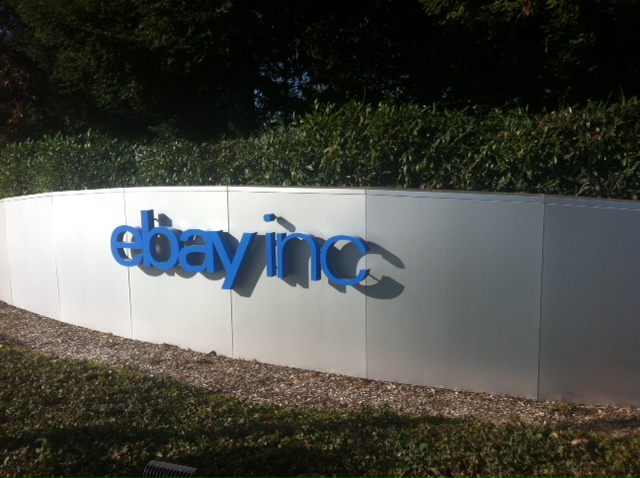One of the paradoxes of the modern tech industry is that while its leaders preach openness and collaboration, their own businesses are mysterious unaccountable black boxes.
This website has often looked at how the Silicon Valley business model leaves users and partners exposed to arbitrary enforcement of vague policies and indifferent customer service.
A good example of the black box business model is eBay’s major security breach where it appears millions of users have had their personal and banking details compromised. Instead of informing customers immediately, the company’s management hid the problem and hoped stonewalling inquiries would make the problem go away.
Lacking accountability
In the black box business model, not being accountable is the key – we see it with Amazon’s bullying of book publishers, Google’s high handed identity policies and Facebook’s puritan censorship.
Those high handed attitudes to customers’ and users’ rights is born out of arrogance; all of these company’s managements, and the corporate bureaucrats who enforce the policies, believe their hundred billion dollar businesses are untouchable.
Such arrogance might though be ill-founded as each of these businesses is less than twenty years old and, while they themselves have deeply disrupted existing industry models, there is no reason why their own market dominance and huge cash flows can’t be usurped by new technologies or challengers.
In age where trust is the greatest currency, hiding beyond a block box of algorithms and impassive customer support may not turn out to be a successful management strategy.




